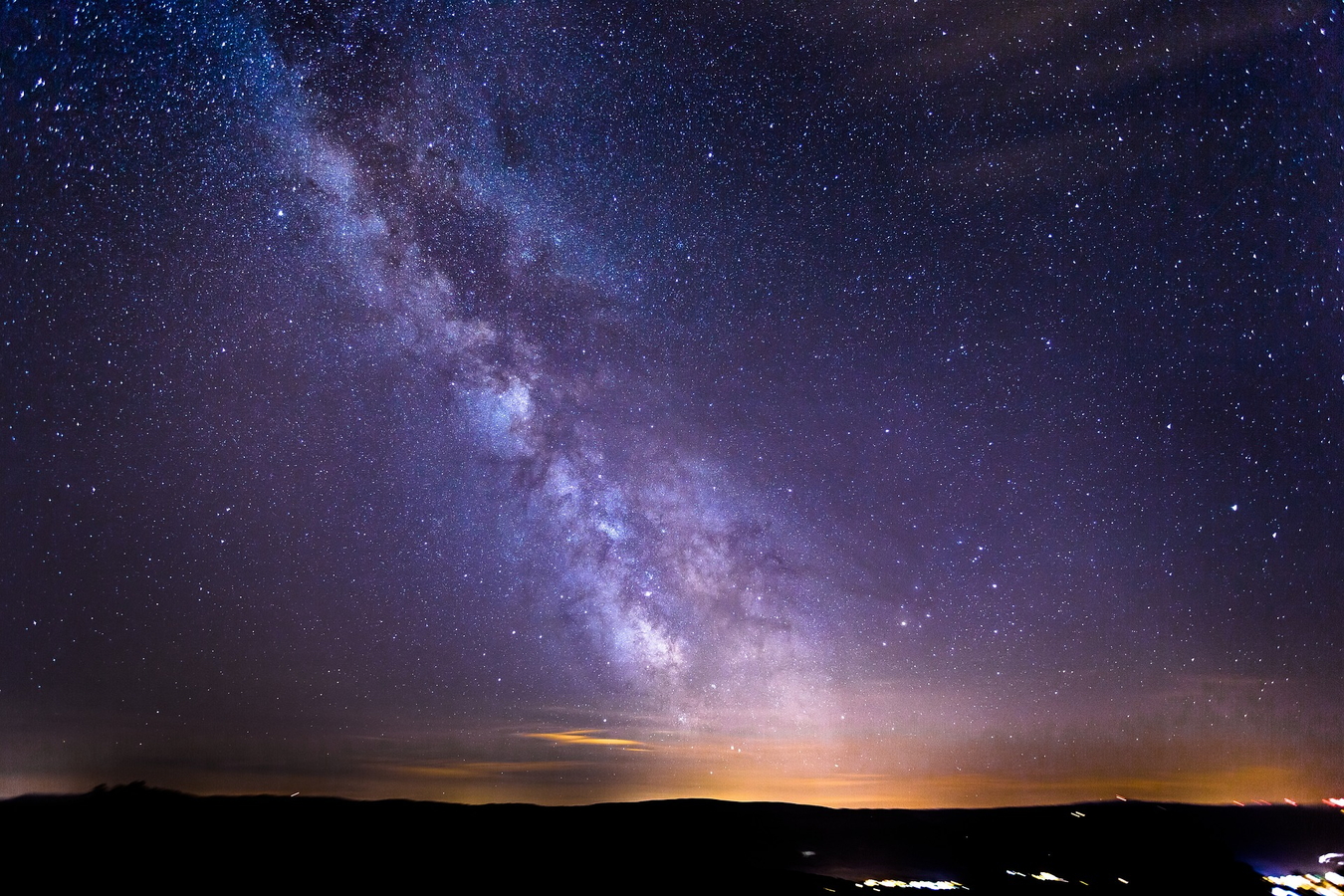Overview
Throughout history, new observations of the night sky have led to groundbreaking discoveries, often resulting in paradigm shifts in astronomy. Over the past few decades, astronomy has been going through a data revolution, with numerous large surveys mapping astronomical sources across wavelengths from radio to X-ray, and in some cases, as a function of time. In addition to the exponential growth in the number of observed sources, this revolution has brought the “blessing of dimensionality” — a significant expansion in the discovery space. These information-rich datasets provide an opportunity to form novel hypotheses directly from the data, a core approach in the field of data science. In this talk, I will describe how data science tools can be used to expedite the discovery process, by transforming the data into a low-dimensional space where simple trends or groups can be identified, or by identifying anomalous groups that may represent new types of objects. I will demonstrate their use in two sub-fields of astronomy: (i) galaxy evolution, where we identify galaxies in a rapid transition from starburst to quiescence, and (ii) the interstellar medium, where we discover a new universal relation between multiphase gas tracers that implies an emerging simplicity in the complex ISM. Throughout the talk, I will emphasize our efforts to move from the initial discoveries to physical insight using follow-up observations, analyses, and modeling, highlighting the bigger-picture scientific implications of our findings. I will particularly mention two Magellan programs, one that is completed and one that is in the making, that will play an important role in addressing the open questions.
